How to Store China When You're Not Using It For Dinner Parties

By Marilyn Syarto
The popularity of home entertaining and dinner parties means getting creative with your fine china. But, there is only so much space available for displaying your china collection.
If you prefer to reserve your family’s elegant dishware for holidays and celebrations, learning how to store china will help preserve its legacy for years. However, storing china requires its own set of guidelines, as the slightest nudge or even dust buildup can cause imperfections on your precious dishware.
In this guide, you'll find the best fine china storage ideas and steps to take that’ll help you keep your dishes looking their best from generation to generation.
Photo via Farmer's Wife Barntique
How to Store China
The key to properly storing fine china is that you want to do everything in your power to prevent cracks, scratches, and chips in the dishes, cups, and accessories. Storing and stacking too much china on top of each other will also do serious damage to pieces, and dust buildup can cause marks and scratches on your dishes. It’s best to take precautions and invest in the right storage items. Take the following steps to ensure your china set’s safety.
Tools and Materials Needed:
- Towels (if needed)
- Several small to medium clear gallon plastic bins with latching lids
- Foam pockets, bubble wrap, acid-free tissue paper, or plain white cloth napkins
- Old, plain tablecloths or fabric remnants
- Tape
- Dividers ( felt dividers, thin foam sheets, or coffee filters)
- Large labels
- Marker
Step 1: Choose a Safe Spot to Work
We’re so used to using dishes in the kitchen, we may forget that it’s best to package and store our fine china while working on a soft surface. Working on a carpet is best, but if you need the height of a counter, first lay towels or blankets across the surface so if you happen to drop anything, it has a chance to survive.
Step 2: Use Bins, Not Boxes
Bins are the best way to store china long term; they’re much sturdier and more water-resistant than cardboard boxes. Also, rodents tend to gnaw their way into cardboard boxes, but not so much into plastic bins. And make sure that you have enough bins or bin space to fit your china set; you don't want a bin to get heavy enough that you can't move it if needed.
Opt for stackable clear bins so you can see what’s inside at a glance. Or, choose smaller plastic china and drinkware storage chests and containers; most have plastic windows to help you see what’s inside and they are designed to fit in cabinets.
When to Use Cardboard Boxes
Step 3: Line the Bottom of the Bin
For extra protection, line the floor of each bin with a layer of soft but durable material (like bubble wrap, foam, or an old, plain tablecloth) to further cushion the dishes.
Step 4: Wrap and Cushion Each Piece
Besides keeping plates and cups free of damage, you’ll also want to wrap the pieces to protect the glaze from discoloration. Choose foam, bubble wrap, tissue, or cloth napkins for the wrap.
Avoid Newspaper
Step 5: Turn China Sideways…
It’s best to place larger platters, plates, and bowls on their sides and nestle them horizontally instead of vertically in the bin. Side packing relieves pressure on the dishware.
Photo via Cottage Gal Style
Step 6: …and Use Dividers to Stack
Use dividers between flat plates and saucers you are choosing to stack to reduce scratches and chips. Although you can buy felt dividers in pre-cut sizes, you can also cut your own sheets of felt—or thin foam sheeting—which is extra easy if you have a Cricut machine (but make sure you check what thickness foam your machine can cut). If you're in a pinch, coffee filters can be subbed out for felt dividers in between dishes.
When wrapping, dividing, and stacking dishes vertically, make your piles small. If you pile more than 10 dishes on top of one another, the weight may crack the bottom dish or two. The same goes for cups and any other type of similar item that you’re stacking in the bin. Also, be sure to place large items on the bottom and smaller items on top as you stack.
Step 7: Handle Cups
Fine china tea cups are the most delicate part of your set. The rims are extremely thin and the handles are vulnerable, too. Do not store upside down or the pressure will stress the rims. Instead, store them right side up to relieve pressure. And although the handles may seem like a convenient way to hang the cups, avoid this; they're too delicate to do so.
You’ll want to lay tea cups on their sides only if you’re planning on nesting them. If you're doing this, nestle cups into one another on their sides, protected within a large bowl, and cushion them with felt or another type of wrap.
Step 8: Label Bins
Place a large label on the bin with the following information:
- Manufacturer and pattern (you may have more than one set by different manufacturers)
- What pieces are in the bin
- How many pieces of which item are in the bin
The label on one bin might look something like this: Lenox Holiday pattern/10 tea cups/10 saucers/10 dessert plates
Step 9: Store the Bins
Choose a low-traffic area that isn’t too high off the ground so you don’t risk dropping bins when reaching up to store them or get them down. The best places to store bins of china include the inside of a cabinet, hutch, closet, or up on a shelf in a dry, rodent-free basement.
Avoid storing bins of fine china in garages and attics because those spaces can experience extreme temperature changes which can crack or discolor fine china.
Do you have other china storage ideas that you can share? Let us know in the comments section.



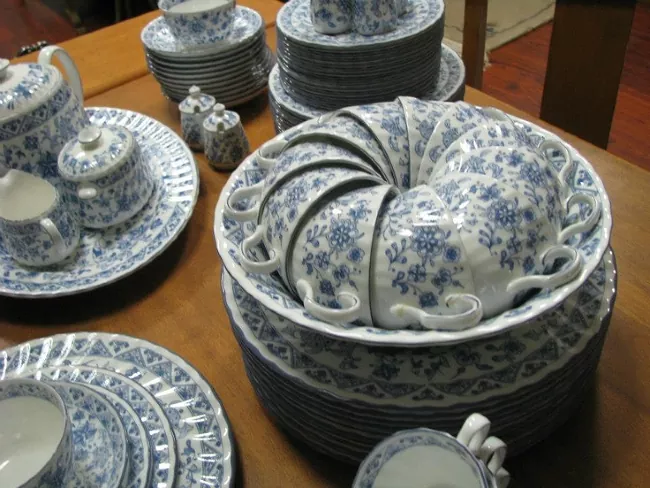

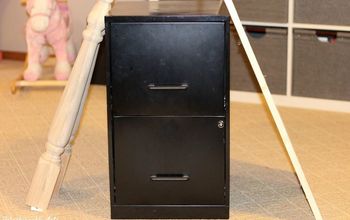
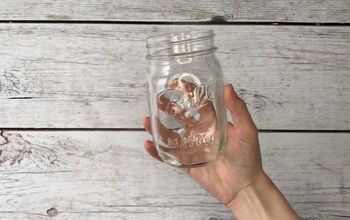
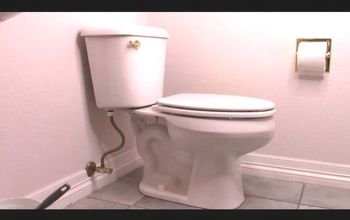


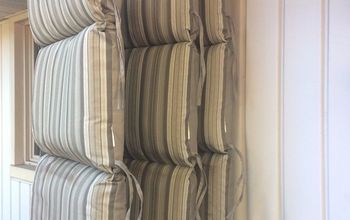
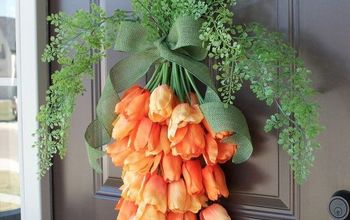

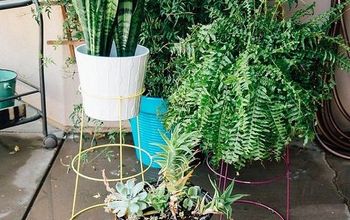

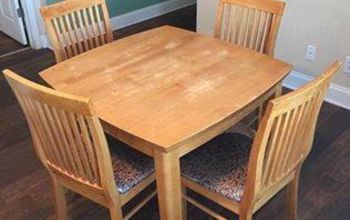
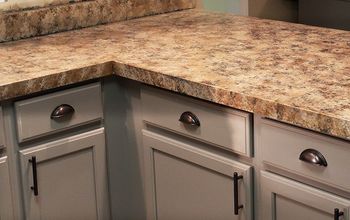

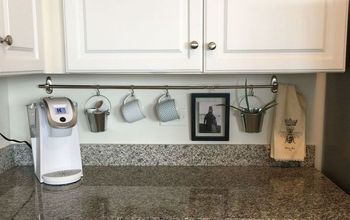


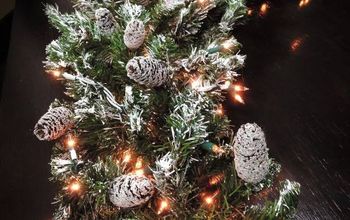



Frequently asked questions
Have a question about this project?